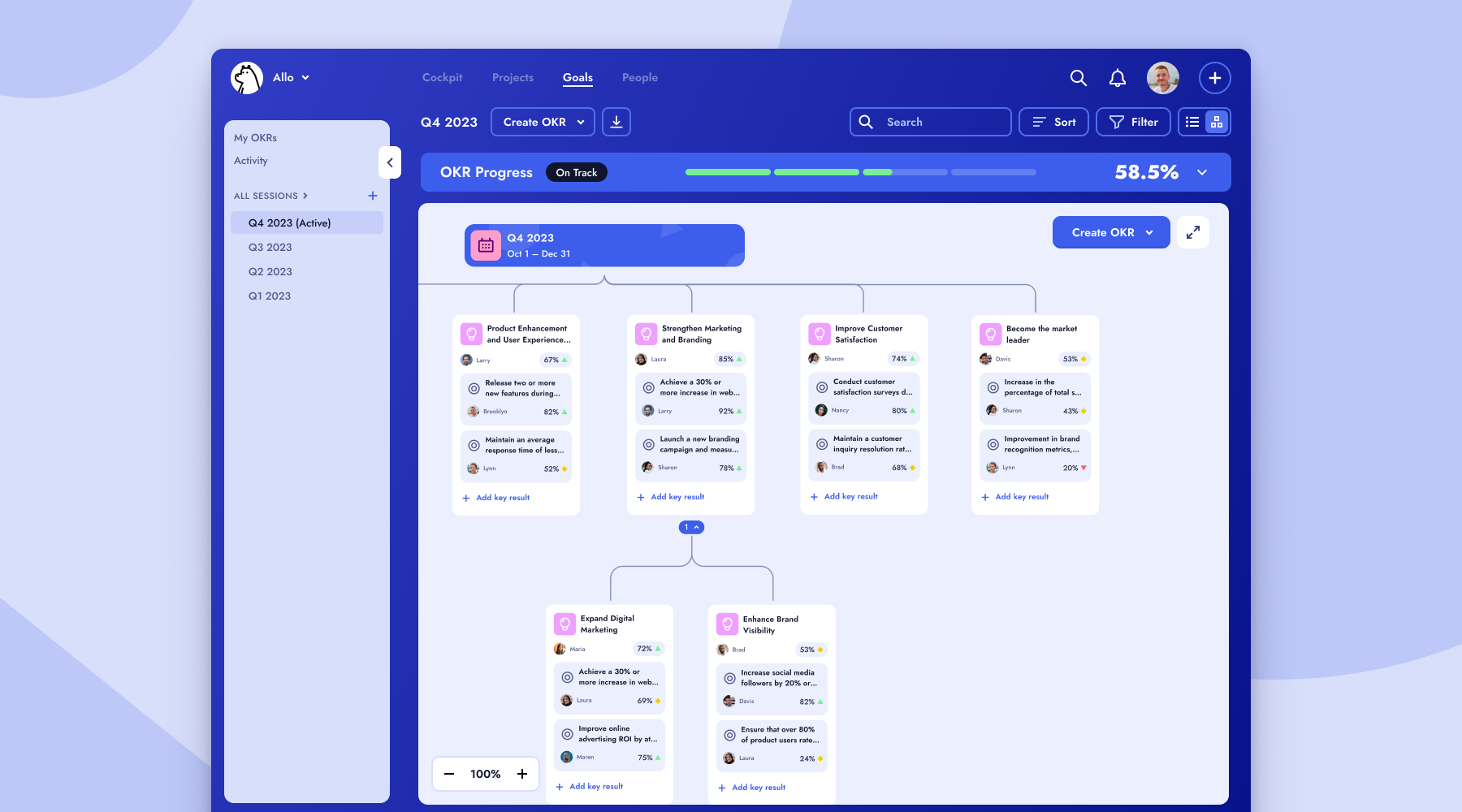Managing Feedback and Revisions: A Collaborative Approach with External Partners

Collaboration is the cornerstone of innovation and growth in any industry. However, when working with external partners, the collaborative process often stumbles at a crucial stage—managing feedback and revisions. It requires both parties to be in sync, respecting each other’s perspectives while striving for a common goal. Here’s how to turn this potentially challenging phase into a seamless and productive experience for your external collaboration.
Begin with Clarity
The first step to effectively manage feedback and revisions is to establish clear guidelines. Before you even begin the project, set expectations about how feedback will be given, received, and implemented, determine the channels that will be used for communication, the format of feedback, and the timeline for revisions, and make sure that every stakeholder is aligned on this. This pre-planning stage helps prevent misunderstandings and ensures both sides are prepared for a structured review process.
Create a Shared Space for Collaboration
In the digital age, numerous tools are at our disposal to streamline collaboration. Leveraging shared documents, comprehensive project management software, or specialized feedback platforms can centralize and organize input from all stakeholders. Platforms like ALLO, for instance, merge project tracking, collaborative workspaces, and goal management into a cohesive interface. With functionalities such as version histories and interactive commenting, such tools ensure that every proposal, change, and conversation is visible to all. This level of transparency is fundamental to fostering constructive dialogue and driving project success.

Embrace a Feedback Culture
Encouraging a culture where feedback is freely given and received is essential. Each team member should feel comfortable contributing ideas and understand that criticism is not personal but a collective step towards a shared goal. Fostering this environment of trust and respect can convert feedback into a powerful tool for project refinement.
Implement a Systematic Approach to Revisions
Recognize that not all feedback will lead to changes. The perspectives of internal and external collaborators can vary, but respecting each viewpoint is crucial. Always circle back to the project objectives to determine which revisions will truly bring the project closer to its goals. Decisions should be deliberate and goal-oriented, rather than reactionary. Utilizing tools such as ALLO enables teams to intertwine active projects seamlessly with established goals, thereby anchoring every action in the initial vision and preventing any drift from original objectives.

Schedule Regular Check-Ins
Consistent check-ins keep the team aligned on progress and goals. These meetings are a forum to address challenges collaboratively and to plan future steps. They act as waypoints on the project's journey, ensuring that everyone is moving in the same direction and with the same information.
Maintain an Activity History
It’s critical to keep a log of the changes made—the what, when, and by whom. This historical record can clarify decision-making processes and provide insights into the project’s evolution. It can also serve as a learning tool for future projects, revealing patterns and opportunities for improvement. ALLO, in its capacity as a comprehensive collaborative platform, aggregates activity logs not just from within its system but also from various other tools employed by the team. This feature ensures that no matter the diversity of tools in use, there is a unified historical thread that can be easily accessed and understood, keeping the entire project timeline cohesive and coherent.

Understand the Human Element
Lastly, remember that collaboration is fundamentally a human process. Be mindful of the language used in feedback, the tone of discussions, and the overall engagement with external partners. Recognizing the efforts of all parties, showing appreciation for their contributions, and being empathetic toward their viewpoints can go a long way in sustaining a healthy collaborative relationship.
Conclusion
Collaboration with external partners does not need to be a challenge to be overcome but an opportunity to be embraced. By starting with clear guidelines, creating a shared workspace, fostering a positive feedback culture, implementing a systematic approach to revisions, maintaining regular check-ins, keeping a diligent activity history, and understanding the human element, you can turn collaboration into your project's greatest strength. Through these methods, the management of feedback and revisions becomes a collective journey toward excellence, with every team member an integral part of the voyage.



